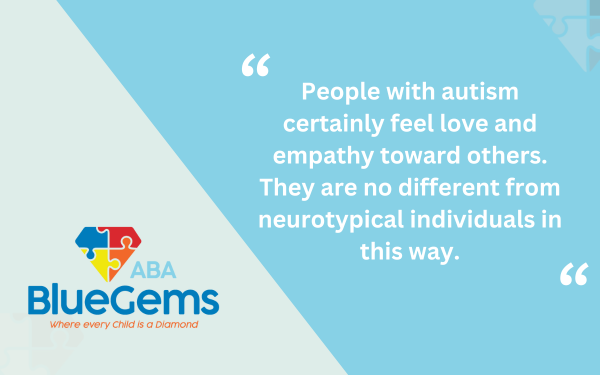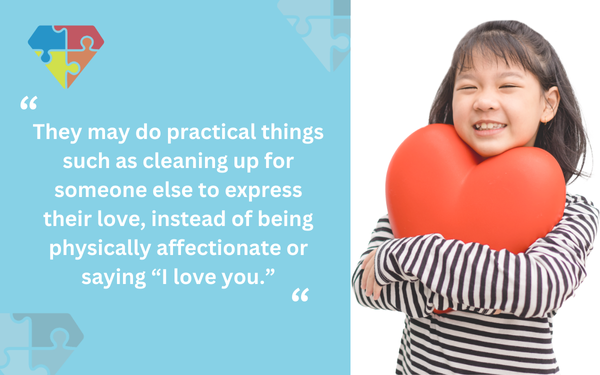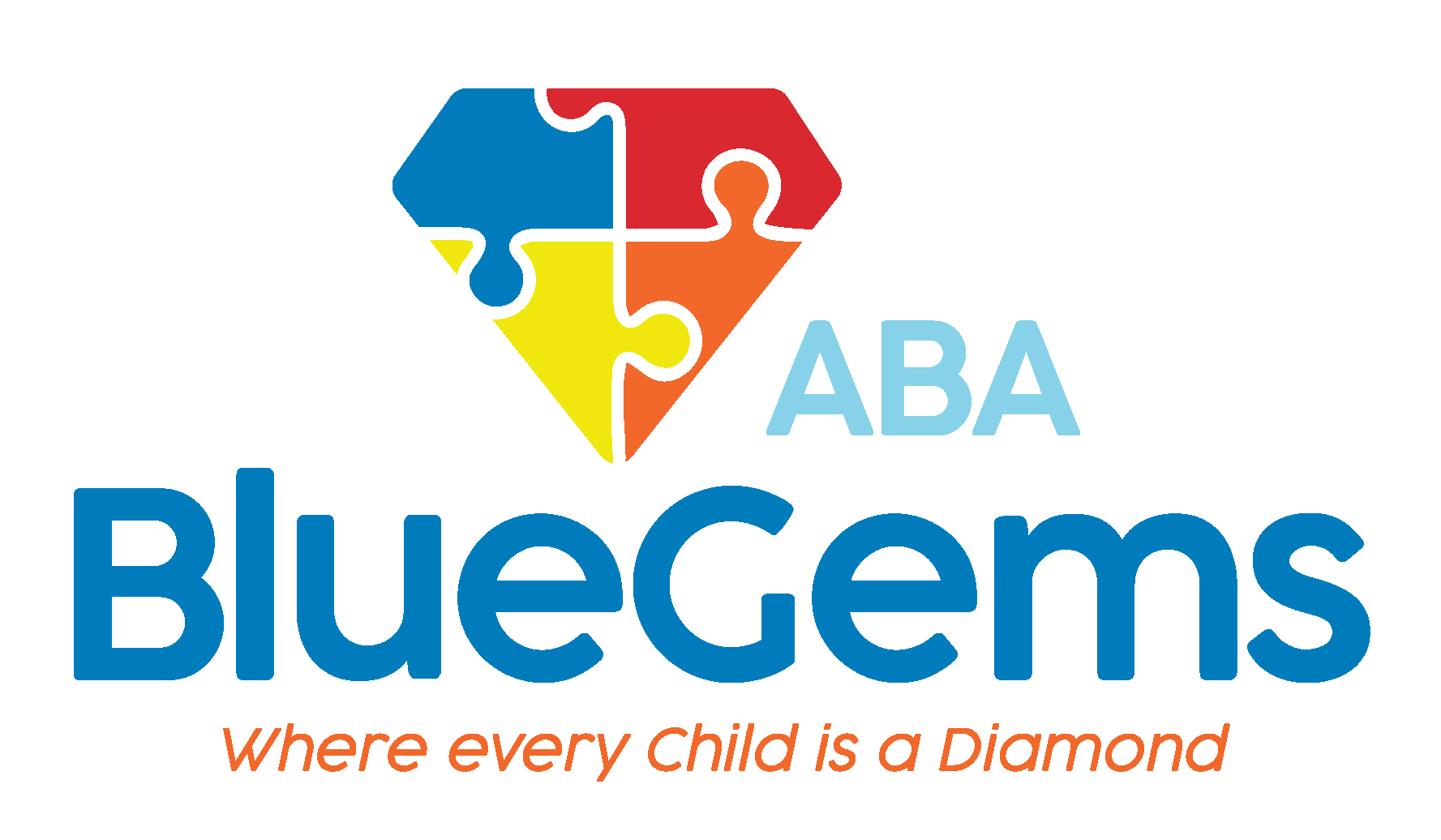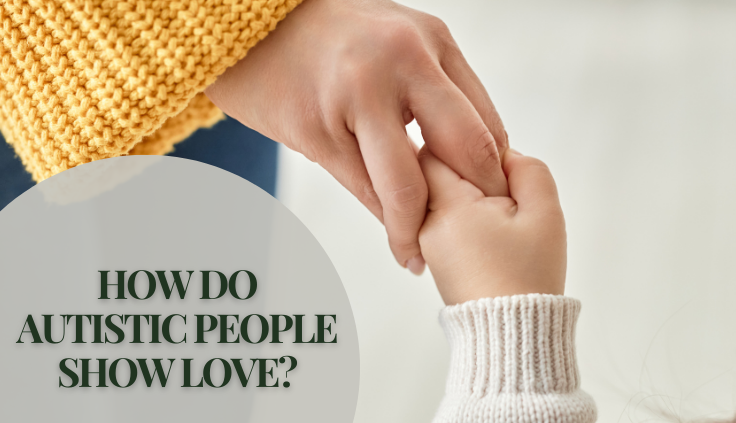How Do Autistic People Show Love?
People show love in different ways. The term “love language” has been coined to describe the fact that people have unique styles of expressing their love for others.
Some people may perform acts of service, some may express their love through gifts, some may say “I love you” often, and others may express their love through physical affection.
People who have autism spectrum disorder (ASD) also express love in very unique ways. Since people on the autism spectrum typically struggle with communication and social interactions, they might not express their love in ways that neurotypical individuals do.
As a result, others may not feel love from people with autism, if only because they don’t understand that love is being expressed.
Below, we’ll discuss some of the ways that autistic people show love.
Table Of Contents
Do People with Autism Feel Love and Empathy?
People with autism certainly feel love and empathy toward others. They are no different from neurotypical individuals in this way.
What is different between them, though, is how they express those feelings to others.
Scientific research has shown the circuitry of an autistic person’s brain works differently than that of neurotypical individuals. When a person with autism expresses affection and love for someone else, different parts of their brain get activated.
What this means is that they feel the same love and empathy as others, but in different ways. This — combined with the fact that they face challenges with communication and social interactions — leads them to often express their love and empathy toward others in different ways.
Sometimes, their expressions of love and empathy go unnoticed by others, simply because they are not “ordinary” ways of expressing those feelings. They may do practical things such as cleaning up for someone else to express their love, instead of being physically affectionate or saying “I love you.”

How Do Communication Challenges Affect Their Expression of Love?
As mentioned, people with autism commonly struggle with communication and social subtleties. Unfortunately, these are things that are crucial to expressing love, especially doing so in different ways.
People on the autism spectrum may struggle to appropriate and effectively show affection in a way that others can understand easily. If they clean up for you, using the example from above, you might just think they’re cleaning up after themselves — and miss the fact that they’re trying to express their love.
Since people with autism also often miss some of the subtle nuances of communication, they may not express their appreciation for what others do and/or reciprocate when someone else expresses their love.
Many individuals on the autism spectrum experience sensory sensitivities as well. This could mean that they don’t like certain touches or sounds, as they make them feel overwhelmed.
If others don’t understand this, it could make them feel as if the person is acting cold or stand-offish if they pull a hand away or leave the room to go somewhere quiet. So, instead of feeling reciprocal love from the person with autism, others may feel as though they did something wrong or that they aren’t loved the same.

How Can These Challenges Be Overcome?
There are two parts to overcoming these challenges. One lies with the person with autism, and one lies with the other people.
Neurotypical individuals can help to overcome these challenges by better understanding some of the ways in which individuals with autism express and show love. It’s also important for them to understand the challenges that people with autism face.
For instance, if a person with autism is exhibiting certain behaviors, it could be a sign that they’re experiencing sensory overload — and not that they’re being purposefully disrespectful to others. This understanding can lead to greater connections, which results in mutual respect, empathy and love.
People with autism can also learn new skills, how to modify their behaviors and how to express themselves more effectively. Applied behavior analysis, also known as ABA therapy, is considered the gold standard of treatment options for people who have autism.
As a science-based approach to learning and behavior, ABA therapy helps people on the autism spectrum overcome the challenges they face with social interactions, communication and sensory sensitivities. Through repetition and positive reinforcement, individuals are supported in the ways they need to live more independently and to express their emotions in a more effective way.
Blue Gems ABA Supports Children with ASD
Autistic people certainly feel love and empathy the same way that neurotypical individuals do. The difference is that they may show their love in different ways because of the challenges they face due to their neurodevelopmental disorder.
At Blue Gems ABA, we support children on the autism spectrum by administering ABA therapy on a one-to-one basis. We create customized treatment plans that are catered specifically to each individual child’s unique strengths and challenges, which results in better outcomes.
To learn more, please contact us today.




